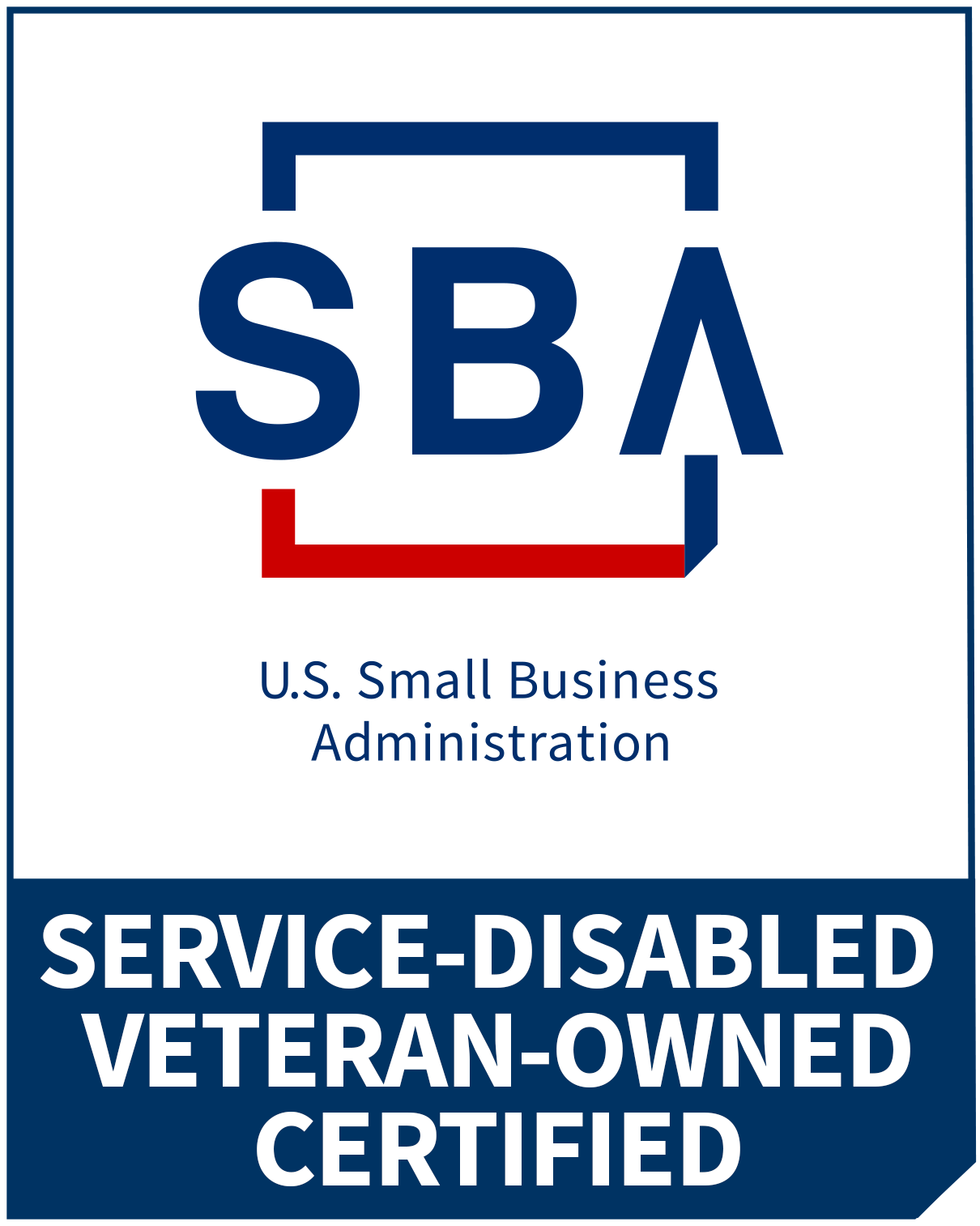Adversity brings out true character
There’s a saying that you can really tell a lot about people’s character by seeing how they handle adversity. Sure, when things are going well, everybody’s got a great disposition, the idea goes. But it’s when we’re tested that our true selves show through.
I was thinking of that recently when we had an Internet outage here at home. Now, anybody who expects perfect 100% around-the-clock unfailing coverage of services such as Internet is being unreasonable. I’m not sure what planet those Customers call home, but it’s not the one of humans and systems that go down from time to time. So yes, failure, even if rare, is inevitable. And that’s the point that brings us around to that old saying: How well brands plan for the inevitable (and therefore totally foreseeable, if not specifically schedulable) failures of their systems—and this goes for those brands who sell products too, not just service providers—tells us a lot about their dedication to their Customers.
It’s pertinent because here’s what happened: […]
Excuses versus solutions
You’ve heard this before, right? “Due to current circumstances, we’re experiencing longer-than-usual wait times.” Those “circumstances” can vary. Over the past twenty months, of course, it has been Covid-19. Sometimes it’s the holidays. Sometimes brands stiff-arm you without even giving you the courtesy of telling you why. There’s even a brand that I call rarely…maybe once or twice a year…and they’ve been using the longer-than-usual wait times idiom as long as I can remember. Whenever was it ‘usual’?
Here’s the thing: Things are tough all over. […]
VoC begets VoC
I’m always championing active use of your Voice of the Customer (VoC) insights. After all, I say, if you’re just collecting your Customers’ insights but not doing anything with them, that’s a huge waste of resources. Normally when I talk about that, I’m referring to the importance of having a robust and enterprise-wide Process Engineering (PE) function within your company: A group of process experts whose job it is to take those insights and put them to use improving and updating your procedures, processes, and policies so as to better align your Customers’ experiences with your Brand Promise. It’s the engine of your CX function; it’s what makes all that effort worthwhile in the first place.
But, did you know you can also use your VoC insights to inform…your VoC work itself? When you gain insights about gaps between your Customers’ experiences and your Brand Promise, surely you’re feeding into the bigger CX ecosystem with direction on where to improve your processes. But you’re also offering insights into what better questions you can ask within your VoC program itself. Although you need to have more going on than just surveys, usually they’re the biggest (and most visible) part of the VoC program. But surveys aren’t usually all that dynamic. It isn’t often that brands crack them open and update the questions they’re asking. That’s a shame because with the freedom that many survey vendors allow for their clients these days, updating and changing your survey questions is often relatively simple. […]
Are we challenging CX?
One of the roles we, as CX professionals, play, is that of change agents. I realize that’s a term people toss out there when they want to seem important or progressive in business, but when you think about it, one of the core jobs we have is to challenge people to take a different perspective; that of the Customer.
In fact, a Process Engineer who used to work for me would say all the time that we need to ‘take off our corporate hat and put on our Customer hat.’ It was a great metaphor, and we even had hats made up for the entire CX team that read “Customer”, one of which I still have on my desk at home. […]
Where’s your deli?
Here’s a random thought that occurred to me the other day. I promise I’m going somewhere with it, though:
The deli should be at the front of a grocery store. Now, I’m in way over my head here, because I’m sure that there’s a lot that goes into the planning of the layout of such places and I’m no expert—an expert may tell me why I’m totally wrong from some sort of architectural perspective or feng shui reasoning. But I’m going to stick with this proposition, at least from a Customer’s perspective: Folks who are just running in to pick something up are often looking for something quick to eat, or perhaps are in a panic that they’ve got sudden guests. Come to think of it, for that matter, the bakery should be out there too. And you know what else? (I’m getting greedy now, I know, I know.) Put it on the side of the store where you also have the self-checkout lanes (if you only have them on one side). […]
What do you want on your Tombstone?
Do you remember the old commercial for Tombstone Pizza? The tagline was, “What do you want your tombstone?” (By the way, if you clicked through and it’s driving you crazy, the character actor is a fellow by the name of Oliver Muirhead, and if you also share my obsession with Seinfeld, he played Lubeck the pastry appraiser in the episode “The Frogger” who told Peterman that he could get an Entenmann’s—who do not have a castle in Windsor—in the display case at the end of the aisle.) Dark humor aside, it made me wonder how we sometimes gear our VoC programs to hear what we want to hear, and as a result, back our Customers into a corner.
Let’s take a deeper look at that. […]





